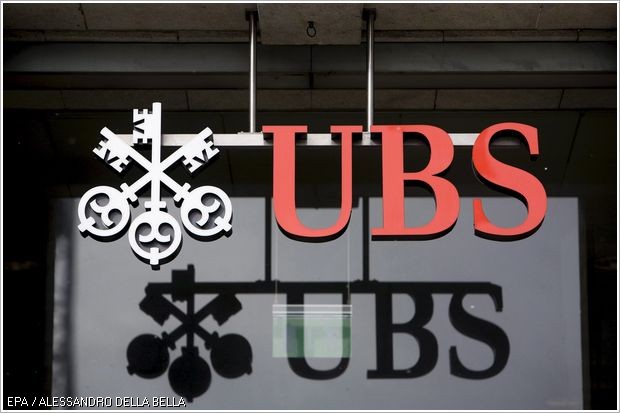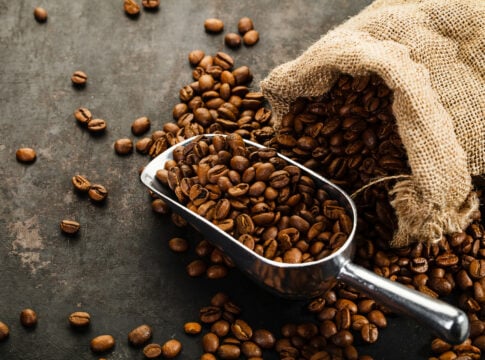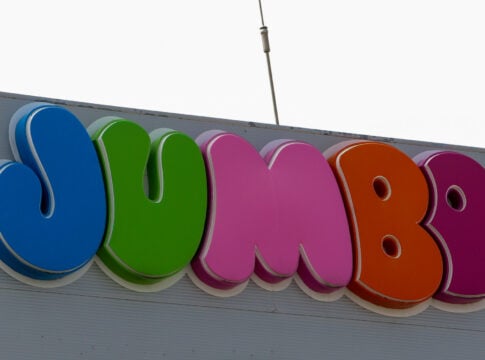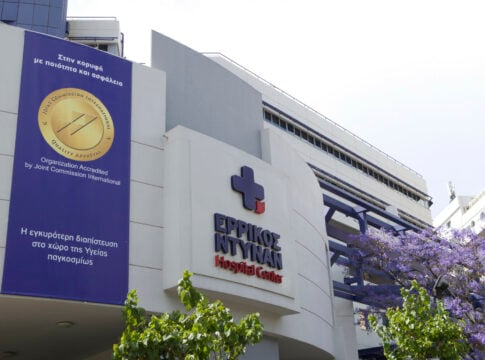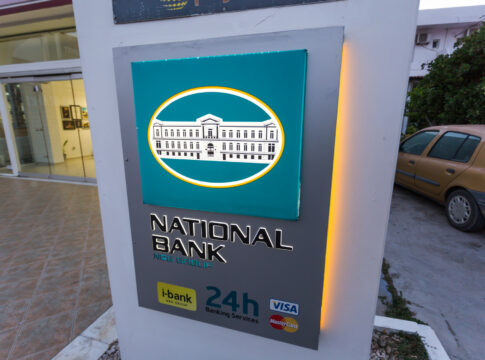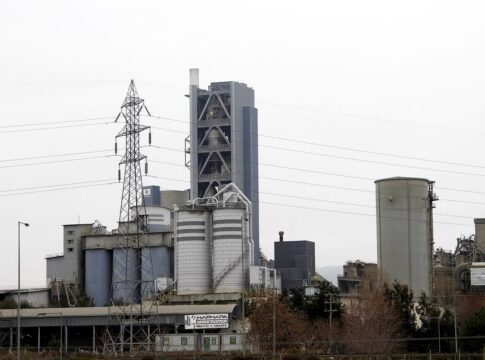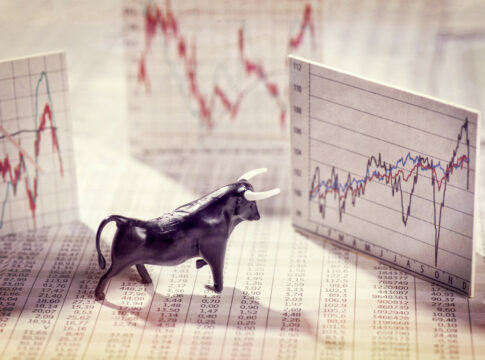The cycle of rising interest rates has ended and the cost of borrowing is expected to start falling in 2024, UBS analysts said during the presentation of the annual report UBS CIO Year Ahead 2024, in which the Swiss bank predicted sluggish growth and falling inflation in the eurozone and the rest of the developed world.
The ECB is expected to make the first interest rate cut in June with key interest rates 75 basis points lower. This means that deposit rates will drop from today’s all-time high of 4% to 3.25%.
Asked by “Naftemporiki” what to expect for Greek bonds and whether they will continue to outperform the Italian bonds, Themis Themistocleous, Chief Investment Officer EMEA, UBS GWM, explained that markets have long discounted Greece’s recovery of investment grade rating, a fact that was also reflected in the lower yields of Greek bonds compared to Italian bonds. On the other hand, concerns about the Italian economy seem to persist. Thus, the spread of Greek bonds against Bunds will probably remain lower than that of Italian bonds against German bonds, as long as the Greek economy remains on the path of prudent fiscal policy and the promotion of reforms.
Today, the Greek 10-year bond yield on the secondary market is 3.84% while the Italian one is close to 4.45%.
The 4 scenarios for 2024
1. Smooth landing
Both stocks and bonds will record positive returns in 2024. Slowing US economic growth, falling inflation and expectations of lower interest rates will result in lower returns, supporting bonds and stocks, while the absence of a severe recession in the United States will be enough for companies to continue increasing their profitability.
2. Rough landing
Stocks will show negative returns and bonds positive returns. The sharp growth slowdown – possibly resulting from the cumulative effect of the interest rates – will likely lead to a moderate or severe recession. The unfavorable investment climate and the expectations of clearly lower profits will lead to falling share prices. Bonds will maintain a positive outlook as interest rate expectations dampen and investors seek safe havens.
3. Take off
Stocks will post positive returns and bonds flat returns. Strong economic growth will boost corporate earnings growth, investment sentiment and, ultimately, stock prices. Resilient growth and consistently above-target inflation will keep bond yields high or push them even higher, resulting in flat bond yields.
4. Alternative downward trajectory scenario
Stocks and bonds will be under pressure. Bond yields will continue to rise, possibly on fears about excessive budget deficits, higher energy prices or a prolonged period of above-target inflation. Based on this scenario, higher bond yields will negatively impact stocks.



